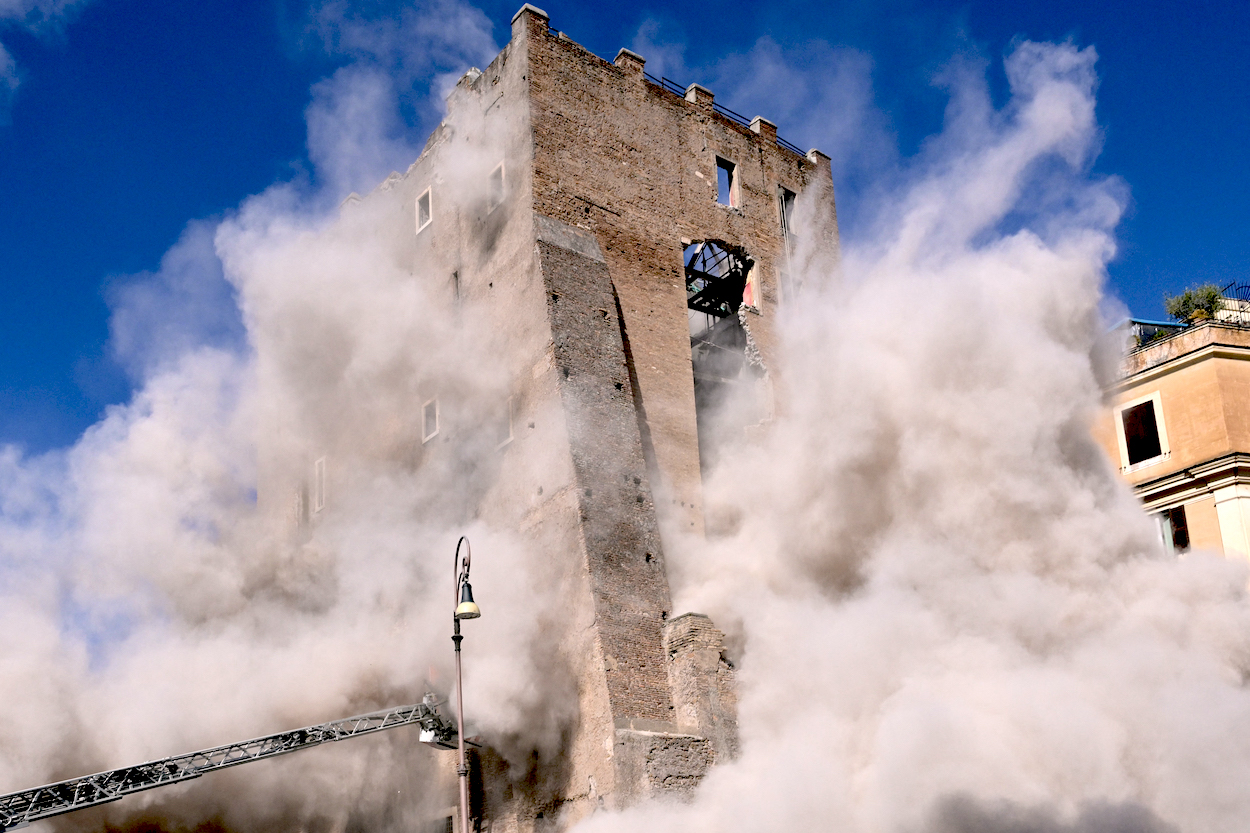
Introduction
The RMS Titanic, a luxurious British ocean liner, tragically sank on its maiden voyage in April 1912. This event reshaped maritime regulations and remains a poignant symbol of human error and overconfidence in technology. Understanding the Titanic’s significance allows us to reflect on safety standards in modern maritime travel and the lessons learned from its catastrophic demise.
The Voyage of the Titanic
The Titanic departed from Southampton on April 10, 1912, on its maiden voyage to New York City. On board, it carried over 2,200 passengers and crew, boasting advanced safety features for the time, including watertight compartments and a Marconi wireless telegraph. However, the ship was equipped with only 20 lifeboats, insufficient for the number of individuals on board, highlighting a critical oversight in safety planning.
The Incident
On the night of April 14, 1912, just over 400 miles south of Newfoundland, the Titanic struck an iceberg at 11:40 PM. The ship, believed to be unsinkable, began sinking within minutes. The distress signal was sent from the Marconi operator, but the nearby RMS Carpathia arrived too late to save most passengers. By approximately 2:20 AM, the Titanic had broken apart and sunk into the North Atlantic Ocean.
The Aftermath
The disaster resulted in the deaths of over 1,500 people, making it one of the deadliest maritime tragedies in history. The public outcry that followed led to significant changes in maritime laws, including improved lifeboat requirements and the establishment of the International Ice Patrol.
Legacy and Significance
The story of the Titanic has been retold in countless books, films, and documentaries, capturing the imagination of millions. The 1997 film directed by James Cameron reignited public interest and led to further exploration of the wreck site, which was discovered in 1985 by an expedition led by Robert Ballard. Ongoing research continues to reveal new insights about the ship and the tragedy.
Conclusion
The Titanic serves as a reminder of the importance of safety over luxury in travel. As technology advances, it is crucial to remember the lessons learned from this tragedy, ensuring that the past informs future maritime practices. The ongoing exploration of the Titanic’s wreck continues to capture the world’s interest, emphasizing the enduring legacy of this monumental event in history.
You may also like


Tragic Collapse of Medieval Tower in Rome
